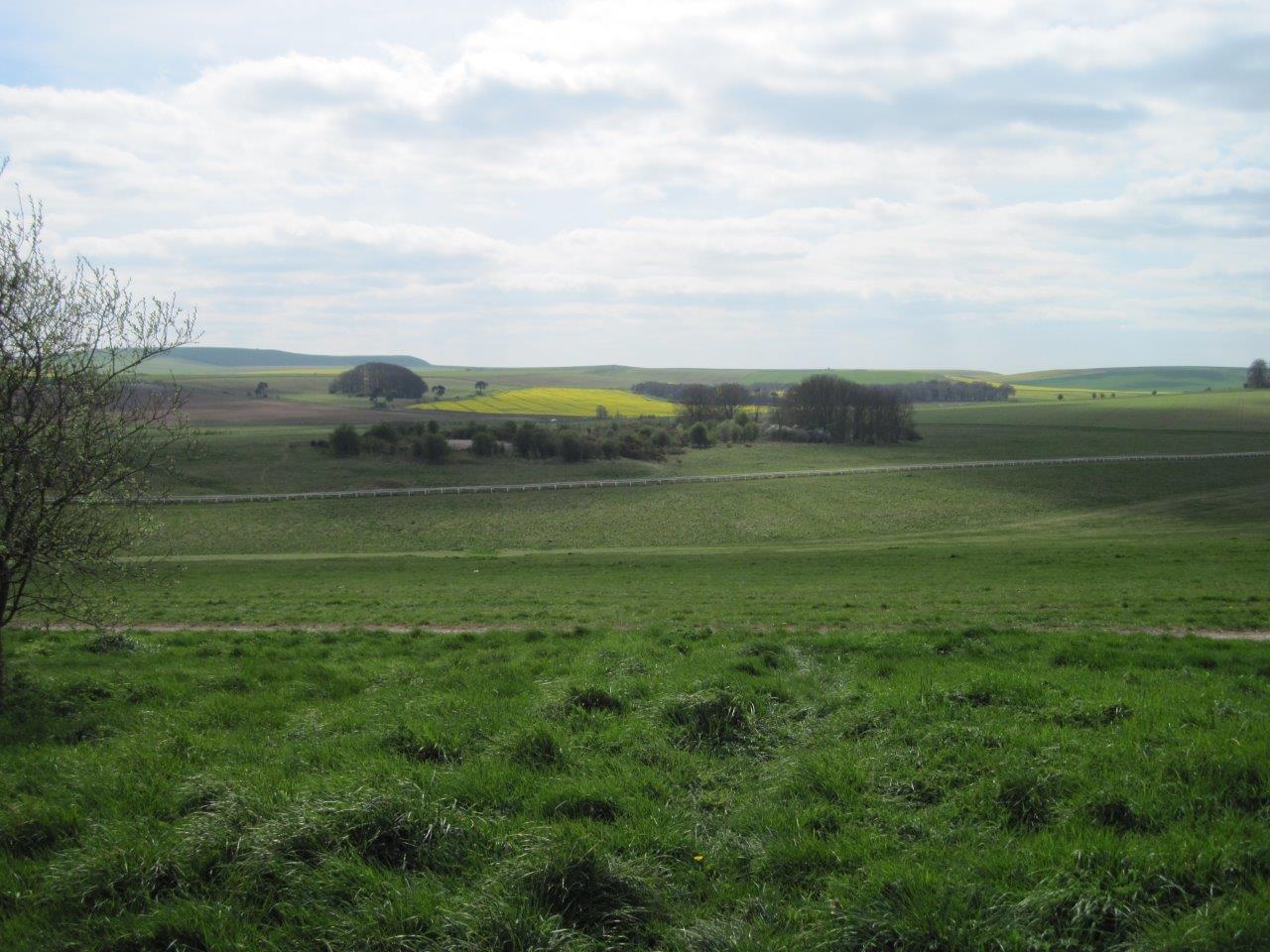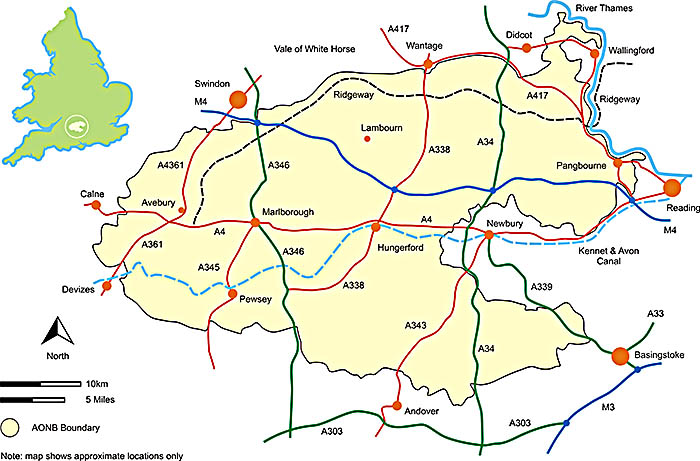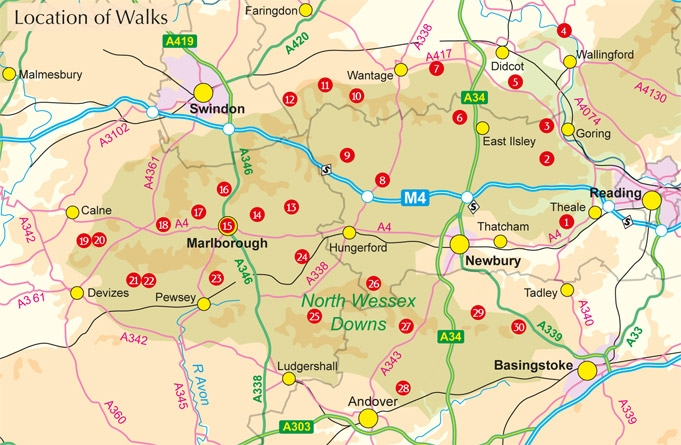The North Wessex Downs AONB

There is huge increase in pressure on the protected landscape of England’s eight Areas of Outstanding Natural Beauty.
New research by the CPRE National Office – Beauty Betrayed – shows that there has been increasing pressure to these areas of protected landscape.
The report shows clear evidence of developers and local authorities seeking to build new homes in AONBs by exploiting poorly defined and conflicting national planning policy.
The number of appeals against decisions to reject major housing developments in AONBs has trebled, often fuelled by developers who pursue permission despite their initial application being refused.
Whilst we in Wiltshire have seen less pressure than some other AONB areas, we have seen one example of housing development proposed or approved recently. In Marlborough the promotion and approval of 167 houses and a hotel on greenfield land, despite landscape impact, has taken place.
Within the North Wessex Downs AONB we have also seen the approval of 100 new homes on greenfield land in Hungerford despite no “exceptional circumstances” having been demonstrated and at Harwell, Oxfordshire, the proposal of 1,000 houses despite previous proposals being rejected by a planning inspector.

North Wessex DownsAnother concern relates to the parts of the North Wessex Downs AONB which borders the development areas of Swindon, and west towards Wootton Bassett and Calne. The impact of development immediately outside the nationally protected landscape boundary on the area known as the “setting” can have a significant impact on the character of the AONB. This is an insidious threat bringing the need for lighting and roads whose close presence erode these remaining oases of tranquillity which are so important for both people and wildlife.

The National Planning Policy Framework (NPPF) says that “great weight should be given to conserving landscape and scenic beauty in AONBs, which have the highest status of protection in relation to landscape and scenic beauty”. However, despite this highest level of protection, significant pressure from Government forces local authorities to prioritise housing numbers over landscape protection. This is particularly so in areas where market forces increase demand.
- CPRE are making recommendations to Government and Local Authorities which include:
- Giving AONBs a statutory right to be consulted on major development proposals in their area
- Include targets in the promised 25 year Environment Plan.
- Amend the NPPF to state a presumption against proposals for large housing developments in AONBs
- Make sure all AONB management plans are treated as material considerations
- Develop strong specific policies in local plans that recognise the importance of their AONBs.



